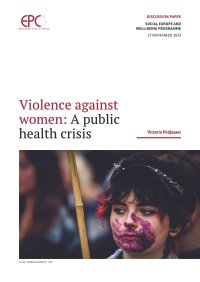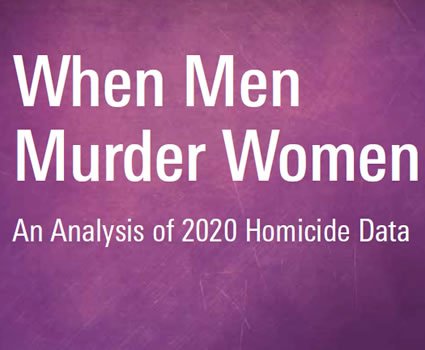By Carolina Villacampa, Marc Salat
This publication examines the legal landscapes surrounding forced marriages in Germany, Spain, Ireland, and Finland, offering insights into prevailing legal approaches and institutional initiatives. Through comparative research, it sheds light on the prevalence of forced marriage in these countries, the legal strategies deployed to combat it, and existing institutional efforts to support victims. By delving into international obligations and their integration into domestic legal systems, the publication aims to foster a more gender-sensitive and victim-centered approach to support services, ultimately working towards preventing forced marriages and mitigating their consequences. This resource is designed as a tool for policymakers and practitioners, providing insights to guide future interventions and promote informed discussions in the field of forced marriage prevention and victim support.\
Report Series no. 104. Helsinki: HEUNI, 2024. 87p.














